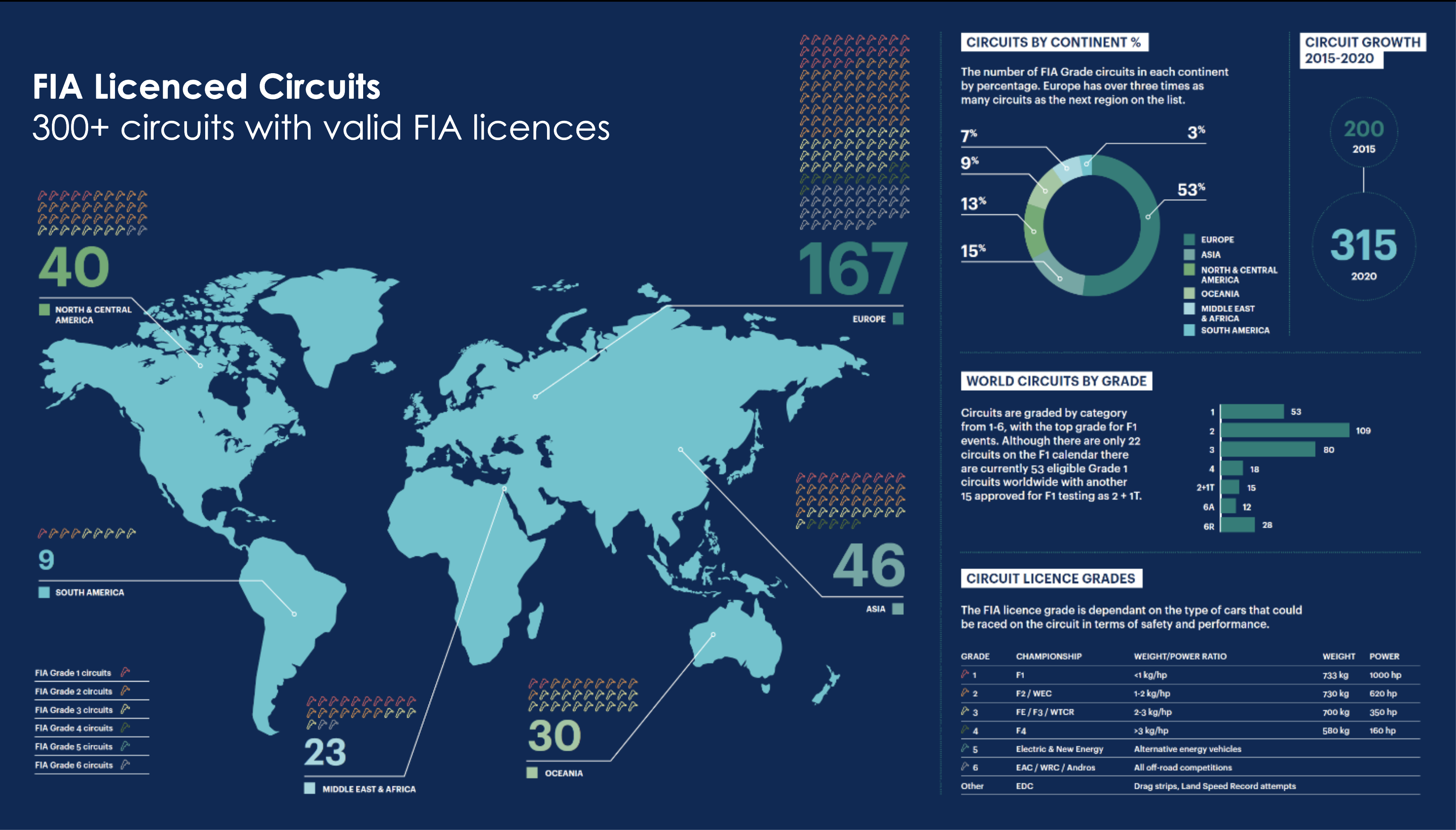The second day of FIA Safety Week saw the focus turn to circuits, with the needs of developing motor sport nations being highlighted by Yasir Muhammad, winner of the FIA Engineering Scholarship Award.
Initiated by FIA President Mohammed Ben Sulayem in 2022, the competitive programme enables one engineering student to complete a fully funded postgraduate degree at Cranfield, a globally-recognised specialist postgraduate university.
And joining a wide-ranging discussion on multiple aspects of circuit safety, 2024 Scholarship winner Yasir, who is now studying for an MSc in Advanced Motorsport Engineering, pointed to the growing need for safety improvement at circuits in his home country of Pakistan and in other emerging motor sport nations.
“I’m incredibly proud to have received the FIA scholarship, as someone who is from the third world, aspiring to be a motor sport engineer, and aspiring to create an impact in the world of motor sport,” he said.
“As a motor sport engineer, I see the world has two poles – speed and safety. In my country, Pakistan, and in the broader South Asia region, motor sport is not fully developed. Circuit safety, specifically, is highly unregulated. So I am already talking with the regional coordinator for the Asia Pacific region, and we are assessing the numbers. I would like to learn how circuit homologation can be achieved in a country where motorsport is not fully developed.”
The needs of territories without a strong motor sport culture has been an area of particular focus for the FIA as it seeks to double participation in all regions around the world and Liz Roach, FIA Circuit Safety Operations Specialist, pointed to the 2022 launch of the FIA Grade 5 licence as an example of how the Federation is tackling safety at circuits in emerging nations.
“Grade 5 is the entry level step into the FIA circuit homologation ecosystem,” she explained “It has been specifically developed for circuits that may already exist, but which have a low level of motor sport and that do not have the financial means to immediately apply for a higher level of obligation.
“The application procedure for Grade 5 is simplified, with a reduced list of required documents and a basic safety simulation study,” she continued. “It’s not intended for international competition, but is a first step towards obtaining a higher grade of circuit license in the future.”
She added that affordability is also key to the licensing of many new circuits, saying that the cost of the Grade 5 licence has been kept low to include as many economic circumstances as possible.
“We charge a fee that is roughly equivalent to covering the administrative costs of the FIA only,” she explained. “And we keep the costs low for ASNs and circuit management by grouping inspections in different regions. It is a great way for a circuit in a country that maybe does not have a strong motor foundation to open that dialog with the FIA and with the circuit safety department, to learn about what they can do to improve.”
In addition to the Grade 5 licence, Roach also spoke about a new Grade introduced to the Grading ecosystem at the end of 2024.
“The Grade FE licence is specifically dedicated to circuits hosting a round of the FIA Formula E World Championship,” she said. “This is really due to the specific nature of the vehicles, the rapid evolution of the cars, as well as the specific requirements of the primarily non-permanent circuits.”
In a related discussion, FIA World Endurance Championship Race Director Eduardo Freitas, FIA Single Seater Sporting Director Tim Malyon and FIA Porsche Supercup Race Director Peter Roberts compared best practice for circuit inspection at permanent and non-permanent circuits.
Focusing on permanent facilities Freitas emphasised the importance of ensuring temporary repairs done during an event are followed up with permanent, stable repairs before the next event and highlighted the need to check the alignment and condition of safety barriers, as they need to work as a cohesive system to properly dissipate energy. He also stressed the importance of carefully inspecting the areas around the barriers, such as ditches in the grass, which can act as ramps for cars that go off-track.
With regard to temporary circuits, Malyon and Roberts spoke about the need to ensure barriers, fencing, and connections have been properly reinstalled and tensioned after being dismantled and highlighted the need to properly bolt temporary kerbing to a flat surface to avoid sharp edges. They also discussed the importance of inspecting signage and branding that may be applied to barriers and stressed the need to carefully inspect the racing surface on non-permanent circuits, looking for issues like manhole covers, excessive painted lines, and unique circuit features that may pose risks.
Stavros Touse, the FIA Circuit Safety Manager gave an overview of the Circuit Safety Analysis System (CSAS).
CSAS is an internally-developed software that gives the circuit safety team a reliable tool to provide FIA inspectors with information for them to make decisions based on objective data.
Circuit safety study is responsible for implementing the appropriate extent of run-off areas, their position and the specification of the energy absorbing devices (barriers) across all FIA-homologated circuits. Touse also showed two real-world cases comparing the data predicted by the CSAS and real data during two F1 accidents. He went to explain that the CSAS slightly over predicted the impact speeds, which is the ideal scenario, as it shows that the system builds in additional safety precaution.

SafetyCircuit SEASON 2025Safety1SafetySEASON 2025SafetyCircuit00Friday, February 7, 2025 – 9:55amFriday, February 7, 2025 – 9:55am
SEASON 2025Safety1SafetySEASON 2025SafetyCircuit00Friday, February 7, 2025 – 9:55amFriday, February 7, 2025 – 9:55am
Source : Fia











